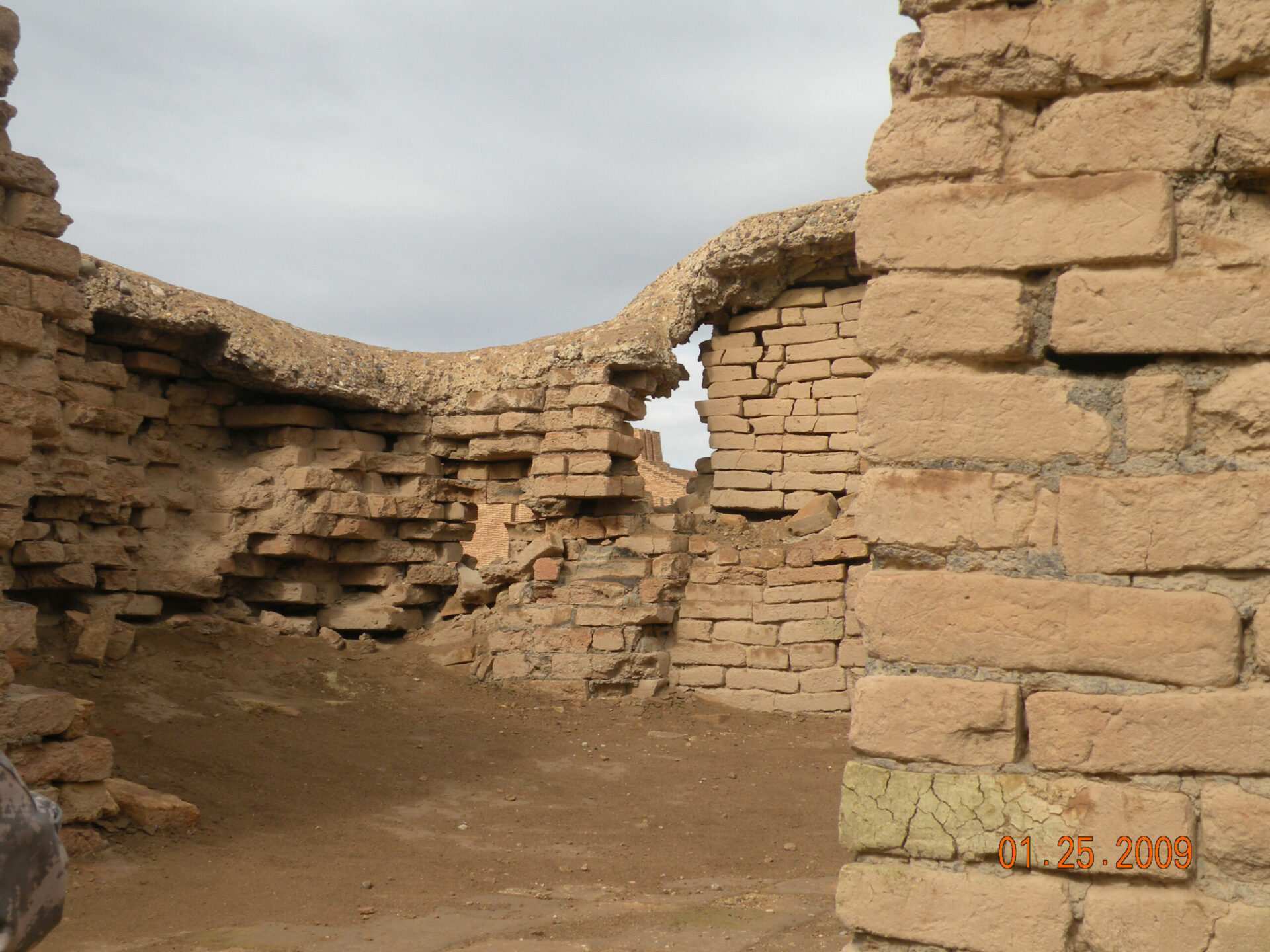
An ancient chieftain gathered the community and gave them instructions: bury dozens and dozens of weapons as a sacrificial offering. The community complied.
Over 1,500 years later, archaeologists in Denmark just found the “sensational” artifacts.
Archaeologists started excavations along a highway in Løsning as part of a road expansion project, the Vejle Museums said in a Nov. 21 Facebook post.
“From the very first preliminary surveys, we could see this would be something spectacular, but the excavation has exceeded all our expectations,” the excavation’s leader Elias Witte Thomasen said in a news release from the museum.
Archaeologists unearthed “close to 200 weapons,” a “very rare” chainmail shirt and other items from the Iron Age. Photos show a few of the half-buried artifacts, which included “lances, spears, and swords.”
Based on the types of artifacts and their arrangement, archaeologists believe the 1,500-year-old items were buried by a “powerful chieftain” as a “sacrifice” or “an offering to higher powers.”
The ancient offering was originally buried at a demolished house and at a newly built house, the museum said. At the demolition deposit, “the large, load-bearing posts were removed, and the weapons placed in the holes left behind.” At the construction deposit, the “weapons and military equipment (were) tightly packed around the load-bearing posts.”
The long-gone houses may have been “a chieftain’s residence,” the museum said.
One of the rarest finds at Løsning was the 1,500-year-old chainmail shirt. “Only a very small number of chainmail shirts from the Iron Age have been found in the southern Scandinavian region,” archaeologists said. The newly found shirt is “incredibly valuable” and “the first discovered in association with a settlement.”
Photos show the dusty metal clothing during excavations. Its intertwined metal loops are clearly visible, but the overall shape of the item is not.
Excavations also uncovered “fragments of two highly distinctive bronze neck rings,” the museum said. These rings, known as “oath rings,” were likely symbols of the power and influence of a ruler and may have belonged to the chieftain.
Archaeologists described the “massive and exceptionally well-preserved” collection as having “enough weapons for a small army.”
The weapons could have come from “local warriors,” from the “spoils of war” or a combination of both, the museum said. Experts hope to answer those questions in follow-up laboratory analysis.
“The sheer number of weapons is amazing in itself, but what truly fascinates me is the glimpse into the social structure and daily life of the Iron Age that these finds provide,” Thomasen said. “We suddenly feel very close to the people who lived right here 1,500 years ago.”
Excavations at the site in Løsning began in August and are ongoing. Løsning is a small town on continental Denmark and a roughly 160-mile drive west from Copenhagen.
___
(c) 2024 The Bradenton Herald
Distributed by Tribune Content Agency, LLC.